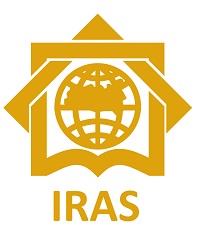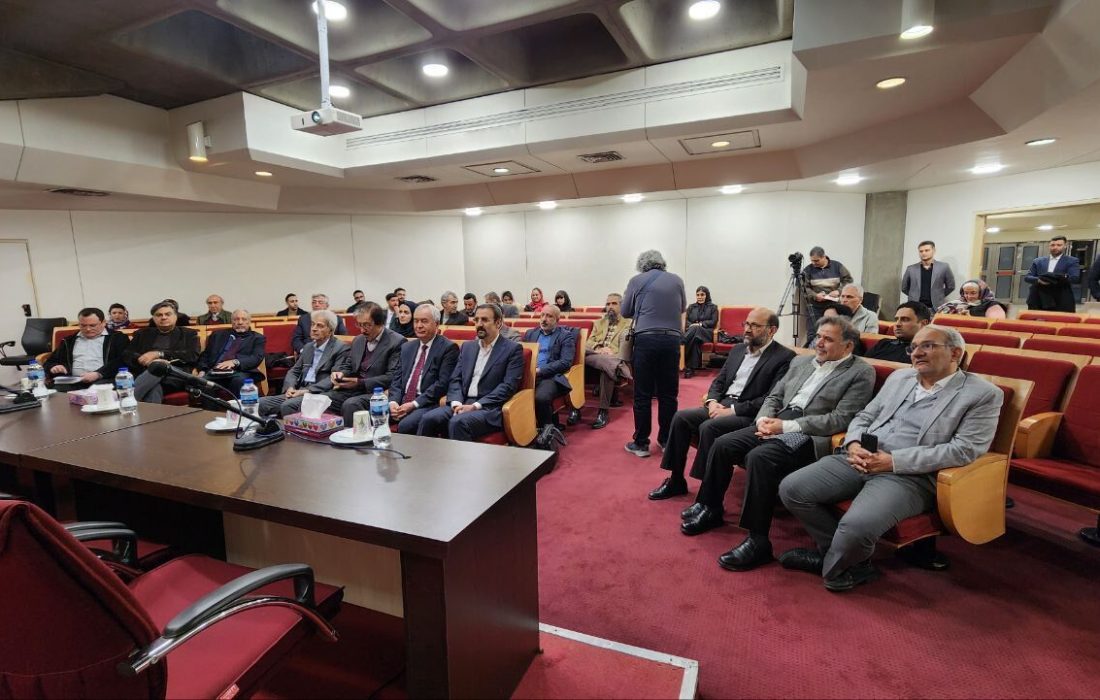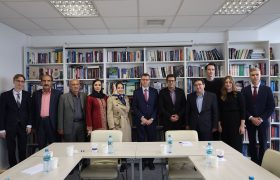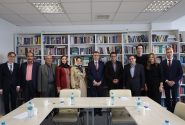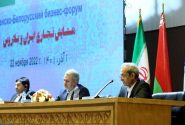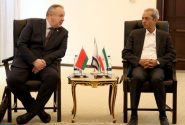Tajikistan’s Ambassador: Rudaki Demonstrated the Power of the Persian Language Through Poetry
According to IRNA, Nizamuddin Zahidi, Tajikistan’s ambassador to Iran, speaking at the Rudaki Literary Heritage Conference—organized by the Iranology Association and the IRAS Institute at the National Library of Iran—stated that Rudaki was not the first Persian-speaking poet. He explained: “We know that poets composed Persian poetry during the Tahirid and Saffarid periods as well. Some of them, like Hanzala Badghisi, even had their own divans.”
Regarding the reason why Rudaki is referred to as the father of Persian poetry, he said: “Before Rudaki, Arabic was the language of literature and culture within the Caliphate, of which Iran was a part. However, after two centuries of Arabic dominance, Rudaki showcased the power of Persian as a language of poetry.”
The ambassador of Tajikistan added: “One of Rudaki’s significant characteristics is his mastery across various poetic forms, including qasida, qet’a, ghazal, mathnavi, and ruba’i. He skillfully employed beautiful meters and literary devices. In other words, poets of later centuries followed the path that he had paved.”
The Revival of Persian Identity in the Islamic Era
Zahidi, discussing the revival of Persian identity during the Islamic period, stated: “During the first and second centuries of the Hijri calendar, Middle Iranian languages such as Pahlavi, Khwarezmian, Sogdian, and Bactrian gradually lost their speakers and faded into history. Under these circumstances, Iranian scholars and scribes of the second and third centuries—such as Abd al-Hamid al-Katib, Sahl ibn Harun Dashtmishani, Ali ibn Ubaydah al-Rayhani, Bashar ibn Burd al-Tokharistani, Abu Nuwas al-Ahwazi, and over 40 others—excelled in Arabic prose and poetry. They incorporated pre-Islamic Iranian traditions and values into their Arabic writings, ensuring the continuity of Iranian cultural heritage.”
He continued: “Another group of Iranians, led by Abdullah ibn al-Muqaffa’, directly translated classical Iranian literature into Arabic prose. Additionally, some Iranian poets transformed ancient Persian literary works into Arabic poetry. For instance, Aban ibn Abd al-Hamid al-Lahiqi versified Kalila wa Dimna, Simbadnama, Baluhar and Budasaf, The Book of Ardashir, The Book of Anushirvan, and other works in Arabic verse.”
Nizamuddin Zahidi emphasized: “Based on this, the second and third centuries of the Hijri calendar can be considered the era of Persian intellectual expression in the Arabic language. However, the second phase of the Persian revival began during the Samanid period in the fourth century, to which Rudaki belonged. During this time, Persian literature revitalized Persian identity through the national language of Iranians—Persian and Tajik.”
The Tajikistani ambassador also reviewed studies on Rudaki in Tajikistan during his speech.
Rudaki: Promoter of Persian Literary Styles and Prosody
Mahmoud Jafari Dehfghi, president of the Iranology Association, highlighted Rudaki’s contributions to Persian poetry, including the invention of the ruba’i form, attention to epic and mythological themes, and the evolution of the Khorasani style. He stated: “Both Al-Mu’jam and Jalal al-Din Homa’i have mentioned Rudaki’s role in the invention of the ruba’i.”
He further elaborated on Rudaki’s role in strengthening Persian poetic meter, saying: “In the Pahlavi language, poetry followed a syllabic meter. During the Islamic era, Khalil ibn Ahmad introduced Arabic prosody (arud). However, Persian poetry is not entirely based on Arabic prosody, and Rudaki played a significant role in adapting poetic meters to suit Persian traditions.”
Rudaki: A Link in the Chain of Iranian Culture
Asghar Dadbeh, professor of philosophy and mystical literature, stated: “The brilliant chain of Iranian culture continued uninterrupted after the Arab conquest. Even in the first and second centuries, Pahlavi texts were still being written, with Denkard being a notable example. Thus, Rudaki, who flourished in the third century, benefited from two centuries of accumulated knowledge.”
Addressing the consequences of Rudaki’s efforts to revive Persian culture and literature, he remarked: “The reactionary faction affiliated with Baghdad persecuted Rudaki for his patriotism and Iranian nationalism, to the extent that he was blinded.”
Professor Dadbeh also cited examples of Rudaki’s poetry that reflected the oppression he and his society endured.
Discussing Rudaki’s influence on later poets, he stated: “A common question arises: How did a great poet like Saadi emerge in Shiraz, which had no remarkable literary history? The answer is that Saadi’s poetry had deep historical and cultural roots. Persian poetry, after flourishing in Khorasan, developed in Arran, Shirvan, and Azerbaijan, then moved to Iraq-e Ajam before finally blossoming in Fars.”
He described identity as a triangle, with national language and literature, national history and mythology, and national wisdom as its three sides. He emphasized that language and literature are the most crucial of these elements.
Rudaki’s Enduring Influence on Persian Literature
Other speakers at the conference included Mehdi Sanaei, president of the IRAS Institute; Ali Ashraf Mojtahed Shabestari, Iran’s first ambassador to Tajikistan; and Shah Mansur Shah Mirza, Tajik scholar and poet.
Sanaei noted that Rudaki’s tomb is located in Panjakent, saying: “We Iranians struggle to understand the language of the people of Panjakent today, but we fully comprehend Rudaki’s poetry. This demonstrates that even then, Persian was the literary and official language.”
Shabestari emphasized the values of tolerance, virtue, and justice in Rudaki’s poetry, stating: “His works helped standardize Persian as a literary language and sparked a Renaissance that encouraged poets after him to compose in Persian rather than Arabic.”
Shah Mirza, reflecting on Rudaki’s impact on Persian poetry, remarked: “‘Living in the moment’ is one of the most recurring themes in Rudaki’s poetry.”

